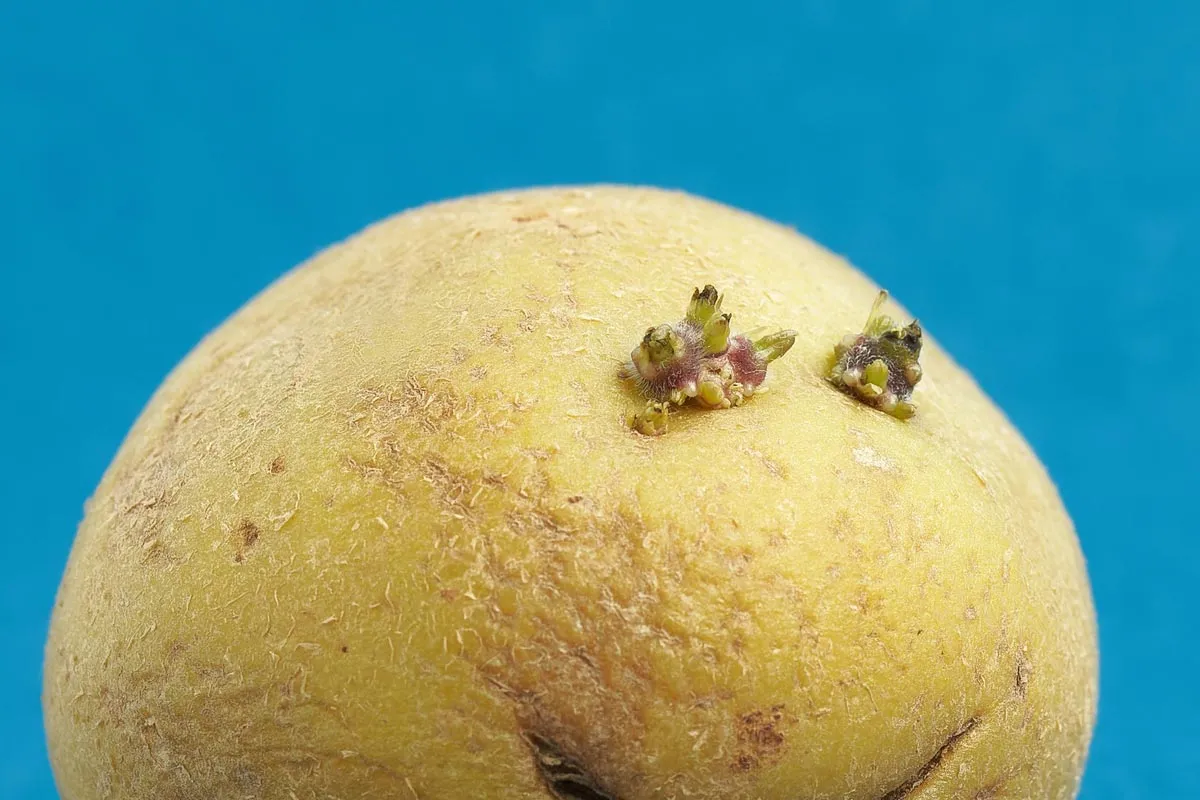
Are Sprouting Foods Safe to Eat?
Discover which sprouting foods are safe to eat and which ones to avoid to ensure your meals are both delicious and healthy.
Sprouting foods can be a common sight in your kitchen all year round. You might have noticed that sweet potatoes, ginger, onions, and garlic tend to sprout quite easily. Some people might wonder if these sprouting foods are safe to eat, while others might choose to discard them immediately. Let’s explore which sprouting foods are safe and which ones you should avoid.
Sprouting or Green Potatoes: Avoid Them
1. Potatoes
Potatoes are notorious for becoming toxic when they sprout. This toxicity is due to the presence of solanine, a natural glycoalkaloid. In regular potatoes, solanine levels are low and safe. However, when potatoes sprout and turn green, solanine levels can increase significantly, making them unsafe to eat. Even cooking them does not remove the toxin.
Green potatoes indicate higher solanine levels.
If the green part is minimal, you might be able to peel it off and eat the rest, but it’s safer to discard any sprouted or green potatoes.
Storage Tips:
- Store potatoes in a cool (around 39°F or 4°C), dark place, such as the refrigerator’s crisper drawer.
- Storing potatoes with apples or bananas can slow down the sprouting process due to the ethylene gas these fruits emit.
Sprouted Foods That Are Safe to Eat (But With Reduced Nutritional Value)

1. Onions, Ginger, and Garlic
These common kitchen staples are safe to eat even if they sprout. However, their nutritional value and taste might decrease as the sprouts use up the stored nutrients. They might also become drier and less flavorful.
Sprouted onions and garlic can also be grown as green onions or garlic sprouts, providing fresh additions to your meals.
Storage Tips:
- Wrap ginger in plastic wrap and store it in the refrigerator.
- Store garlic in a breathable mesh bag in a cool, dry place.
2. Sweet Potatoes, Taro, and Yams
These tubers are safe to eat after sprouting, as they do not develop harmful toxins. However, like onions and garlic, their nutritional value and texture might suffer. Always check for mold, especially with sweet potatoes, which can develop toxic compounds like sweet potato ketone and fusarium toxins.
Storage Tips:
- Store sweet potatoes in a dry, cool place, ideally in a paper-lined box to prevent moisture build-up.
- Keep taro and yams in a cool, dry, and well-ventilated area.
3. Cabbage, Bok Choy, Radishes, and Carrots
These vegetables are safe to eat after sprouting. They might lose some of their crunch and nutritional value, but they do not produce harmful toxins. You can also regrow these veggies in small pots for fresh greens.
Sprouting Foods That Gain Nutritional Value
1. Peanuts
Sprouted peanuts have increased levels of vitamin C and antioxidants like resveratrol. However, be cautious with home-stored peanuts as they can harbor mold, leading to aflatoxin contamination, which is highly toxic. If you want to enjoy sprouted peanuts, buy them from a trusted source.
2. Soybeans, Green Beans, and Peas

These beans are excellent sources of nutrition and are even more beneficial when sprouted. For instance, sprouted soybeans have reduced fat and sugar levels while increasing vitamins and amino acids, making them more digestible and nutritious.
Home sprouting tips:
- Ensure the beans are free from mold and damage.
- Use clean water and containers to avoid contamination.
Conclusion
Understanding which sprouting foods are safe to eat and which should be discarded can help you make healthier choices and reduce food waste. Always prioritize safety and nutrition to enjoy your meals to the fullest.
By following these guidelines, you can ensure that your kitchen remains a place of health and safety. Happy cooking and eating!

